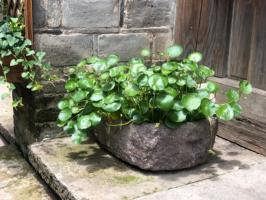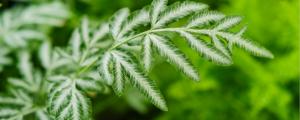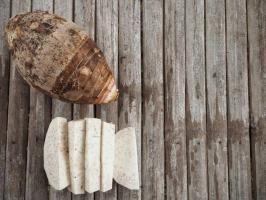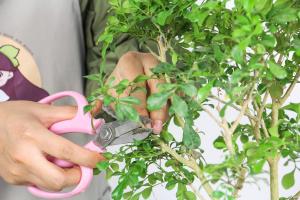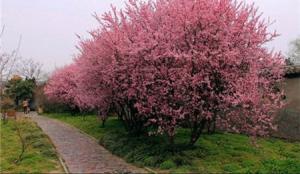Can Topsoil be Used for Potting Plants?
Topsoil is the uppermost layer of soil, which is rich in nutrients and organic matter. It is often used for landscaping and gardening. However, an important question remains: can topsoil be used for potting plants? The answer to this question depends on various factors. Let's explore this topic in detail.
The Composition of Topsoil
Topsoil is a mixture of sand, silt, clay, and organic matter. The composition of topsoil can vary depending on the location, climate, and terrain. In general, topsoil has a pH level around 6.0 to 7.0, which is suitable for most plants. The nutrient content of topsoil can also vary but typically has a high level of nitrogen, phosphorus, and potassium, which are essential for plant growth.
The Advantages of Topsoil for Potting Plants
If you want to use topsoil for potting plants, there are a few advantages to consider. Firstly, topsoil provides plants with essential nutrients that promote healthy growth. As mentioned earlier, topsoil contains high levels of nitrogen, phosphorus, and potassium, which are critical for a plant's growth and development. Secondly, topsoil retains moisture, which is crucial for plants to grow. Thirdly, topsoil has a more natural texture and color, which can add to the overall aesthetic value of a planted pot.
The Disadvantages of Topsoil for Potting Plants
While topsoil has numerous benefits for potting plants, there are also some disadvantages to consider. Firstly, topsoil can contain weed seeds and other unwanted plants, which can grow in the pot and compete with the main plant for resources. Secondly, topsoil can be heavy and dense, which can make it difficult for plant roots to breathe and grow. Thirdly, topsoil can contain pests and diseases, which can spread to other plants.
The Alternative to Topsoil for Potting Plants
If you decide not to use topsoil for potting plants, there are alternative options available. One alternative is to use potting mix, which is made up of a mixture of peat moss, perlite, and vermiculite, among other ingredients. Potting mix is lightweight, well-draining, and free of weed seeds, pests, and diseases. Another alternative is to use coconut coir, which is a natural fiber made from coconut husks. Coconut coir is also lightweight, well-draining, and absorbs moisture well.
Conclusion
In conclusion, topsoil can be used for potting plants, but it has its pros and cons. Depending on your preferences and the type of plant you are potting, topsoil may or may not be the best option. If you decide to use topsoil, ensure that it is free from weeds, pests, and diseases. Alternatively, consider using potting mix or coconut coir. Whatever option you choose, remember to provide your plant with the necessary nutrients, moisture, and proper drainage for optimal growth and health.

 how many times do yo...
how many times do yo... how many planted tre...
how many planted tre... how many pine trees ...
how many pine trees ... how many pecan trees...
how many pecan trees... how many plants comp...
how many plants comp... how many plants can ...
how many plants can ... how many plants and ...
how many plants and ... how many pepper plan...
how many pepper plan...